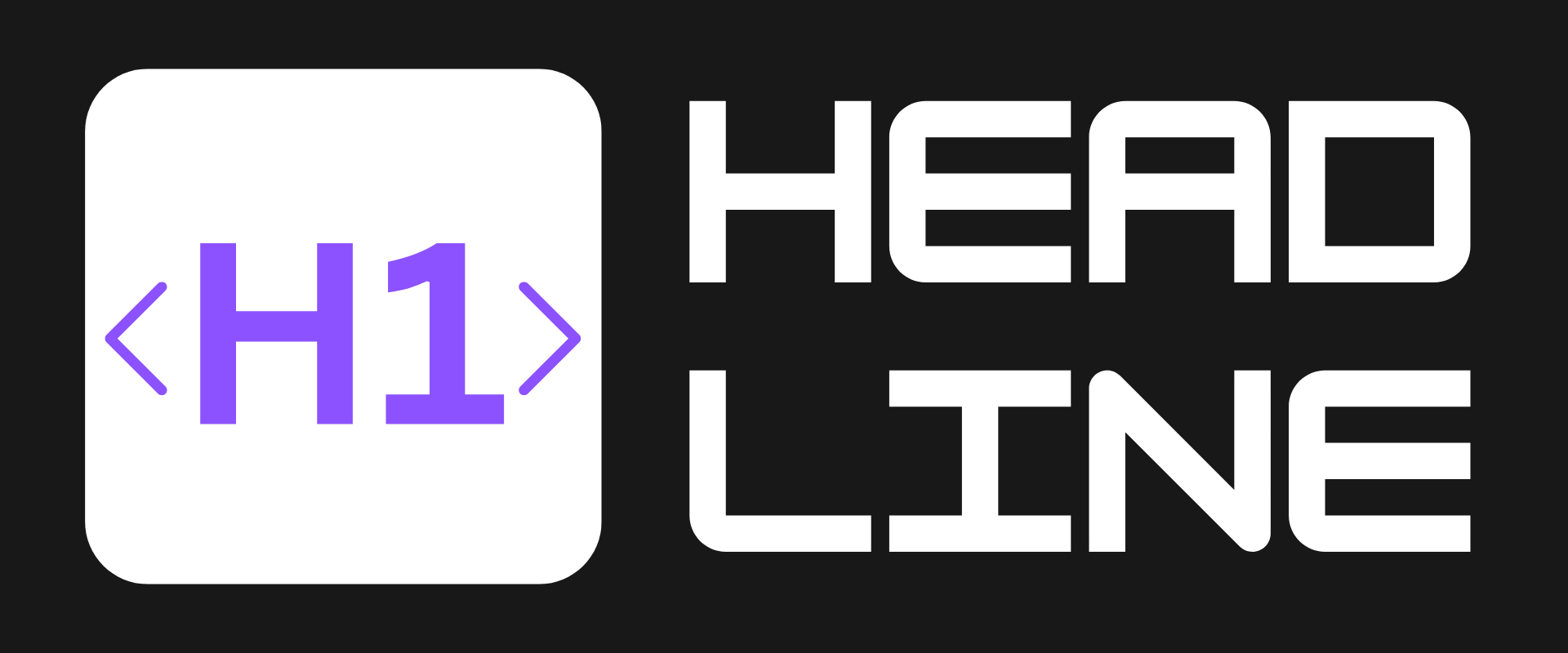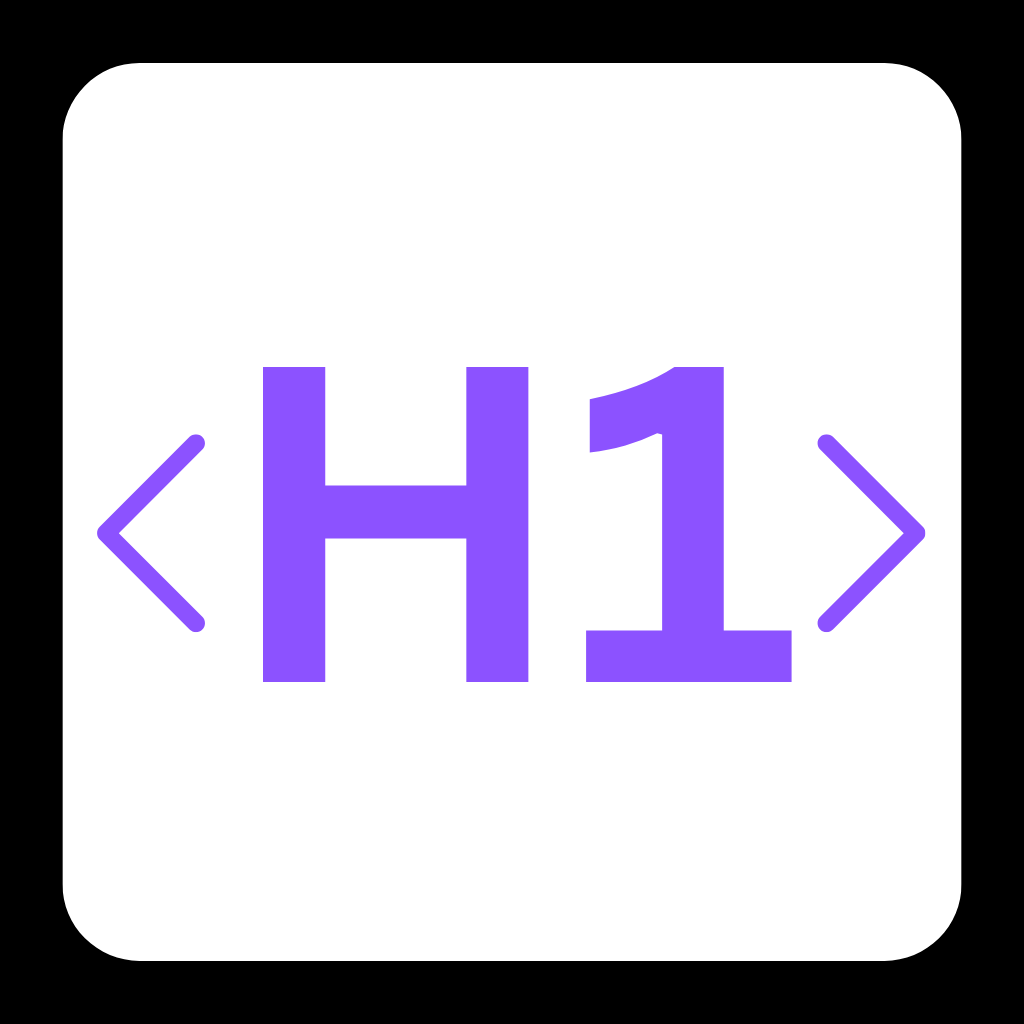Is Google’s Flow the Future of Filmmaking? AI Video Tool Promises Director-Level Control

Google’s Flow: A Game-Changer for AI Filmmaking?
At its 2024 I/O event, Google unveiled Flow—a generative-AI video tool that’shatter expectations for creative control. Developed with filmmaker input, Flow offers camera direction, consistent characters, and even real-time sound generation. Could this be the tool that bridges AI experimentation and professional filmmaking? Let’s dive in.
🎬 The Problem: AI Filmmaking’s Growing Pains
While AI video tools like OpenAI’s Sora have stunned creators with their limitations are clear:
- 🔄 Lack of Consistency: Characters and settings often morph unpredictably between scenes.
- 🎥 No Cinematic Control: No way to specify camera angles, lenses, or blocking.
- 🔇 Silent Films: Most tools ignore sound design, leaving videos eerily quiet.
- ⏱️ Short Runtime: Clips max out at 6-8 seconds, forcing choppy edits.
As AI filmmaker Dave Clark noted, even his viral hit Battalion required grueling workarounds. But Flow aims to change that.
✅ The Solution: Flow’s Filmmaker-Centric Features
Powered by Google’s Veo 3 model, Flow offers unprecedented creative tools:
- ✅ Director’s Playbook: Specify camera movements (dolly, handheld, tracking shots) and lenses (50mm to 135mm) like a cinematographer.
- ✅ Scenebuilder: Extend scenes infinitely while maintaining character designs, locations, and props.
- ✅ Sound Generation: Add dialogue, sound effects, and music synced to video in real time.
- ✅ Natural Language Prompts: Understands terms like “dynamic handheld motion” or “Kubrick-style symmetry.”
Clark’s upcoming AI short Freelancers—featuring a diner scene with precise camera choreography—showcases Flow’s potential. Google’s collaboration with filmmakers ensured tools like multi-image uploads for hyper-detailed characters.
⚠️ Challenges: Can Flow Democratize Filmmaking?
Despite breakthroughs, hurdles remain:
- 🚧 Accessibility: Currently limited to U.S. subscribers of Google’s AI Pro and AI Ultra tiers.
- 🚧 Learning Curve: As Clark admits, mastering AI tools still requires “10,000 hours” of trial and error.
- 🚧 Ethical Questions: Will AI-generated films disrupt traditional crew roles? Google’s partnerships with creators like Henry Daubrez aim to navigate this.
🚀 Final Thoughts: A New Era for Storytellers?
Flow’s success hinges on:
- 📈 Adoption by Indies: Can tools like Scenebuilder empower small teams to create blockbuster-level sequences?
- 🤖 Balancing Control & Automation: Will AI enhance creativity without homogenizing styles?
- 🎬 Industry Acceptance: As Clark says, future filmmakers must be technologists—but will Hollywood agree?
One thing’s clear: Tools like Flow are rewriting the rules. Could your next short film be AI-generated? Let us know your thoughts!
Let us know on X (Former Twitter)
Source: Brian Welk. Google Unveils Gen-AI Video Tool with Camera Controls, Consistent Character Design, and Even Sound, May 2024. https://www.indiewire.com/news/breaking-news/google-gen-ai-video-tool-flow-dave-clark-interview-1235124650/










